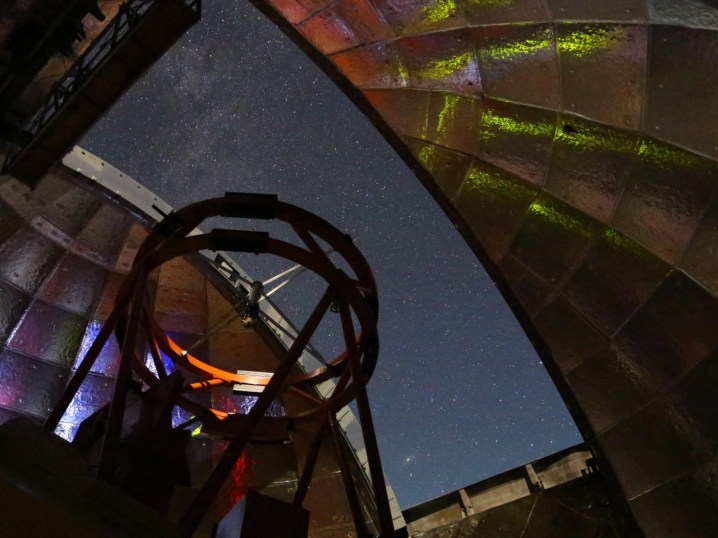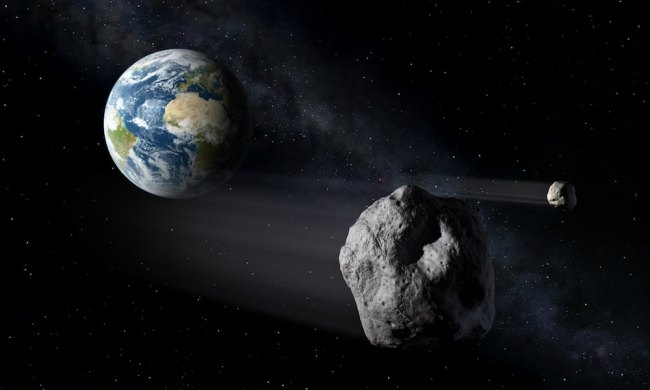
An asteroid will be whipping past Earth on March 21, coming within just five times the distance between the Earth and the moon.
Object 2001 FO32 is estimated to be between 1,300 to 2,230 feet (440 to 680 meters) wide and will pass by Earth at a speed of 77,000 mph (124,000 kph). At its closest, it will come within 1.25 million miles (2 million kilometers) of our planet, which is close enough for it to be classified as a “potentially hazardous asteroid.”
Don’t worry though, researchers are sure that it won’t impact the Earth and will sail safely past us on its orbit.
“We know the orbital path of 2001 FO32 around the Sun very accurately, since it was discovered 20 years ago and has been tracked ever since,” said Paul Chodas, director of the Center for Near Earth Object Studies (CNEOS), in a statement. “There is no chance the asteroid will get any closer to Earth than 1.25 million miles.”
This will be an opportunity for researchers to examine the asteroid in more detail, though. It is moving faster than most asteroids do, due to its orbit which is both elongated and inclined. The asteroid’s speed increases as it moves through the inner solar system, then slows down as it moves away from the sun and into deep space. This orbit means the asteroid circles the sun every 810 days, and the intersection of this orbit with Earth’s orbit means it won’t be back in our neighborhood until 2052.
The asteroid will be studied with instruments like the NASA Infrared Telescope Facility (IRTF) in Hawaii, which will use infrared spectrography to see what the asteroid is made of by observing the wavelengths of light that it reflects. This could help researchers see what differences the asteroid has from meteorites on Earth.
And it’s not just the professionals who will be watching the asteroid closely. It’ll be an opportunity for amateur astronomers to observe it as well. “The asteroid will be brightest while it moves through southern skies,” said Chodas. “Amateur astronomers in the southern hemisphere and at low northern latitudes should be able to see this asteroid using moderate size telescopes with apertures of at least 8 inches in the nights leading up to closest approach, but they will probably need star charts to find it.”



